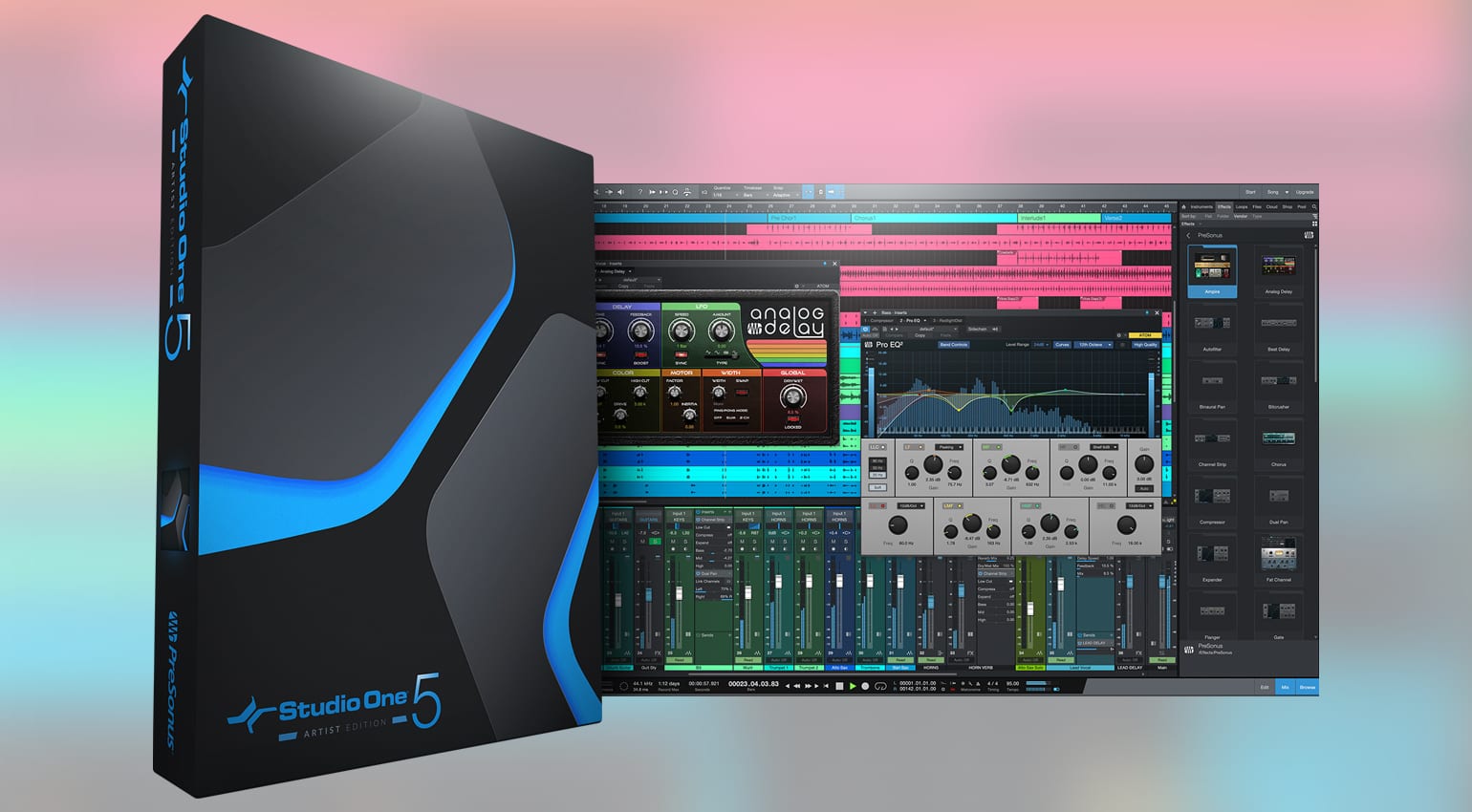
:strip_icc():strip_exif():fill(white)/blogs/presonus-studio-one-review-20200325-110658.png)
Output mapping of Sound Variations has been extended to include MIDI channel information as part of the activation sequence, enabling virtual instruments such as Native Instruments’ Kontakt to address specific articulations. Musical symbols can be applied in either the Note Editor or the Score View, and they will render accurately in both.

A new Musical Symbols lane for the Note Editor lets users view symbols and Sound Variation events side-by-side. Musical symbols playback works with any orchestral library that features corresponding articulations.Ī new tab in the Sound Variations mapping editor enables mapping symbols to Sound Variations using drag-and-drop or by auto-mapping based on the Sound Variation names of the currently-selected instrument.

With the addition of musical symbols playback in Studio One 5.3 Professional, composers working in Score View or Piano View can now connect musical symbols and dynamic markings to Sound Variations, which were introduced in version 5.2. Insert the Fat Channel after the Analog Delay, and choose your favorite compressor.PreSonus has released Studio One 5.3, the second update in less than three months for the company’s recording and production software that offers several new features for scoring, creative production, live performance, and general workflow, many in response to feedback from Studio One users and PreSonus Sphere members. Edit the parameters for 2 ms of delay, delayed sound only, and no modulation (fig. What’s more, it applies to not only the Fat Channel, but any dynamics processor, from any manufacturer, that doesn’t have lookahead.Ĭreate a bus, and insert the Analog Delay.

Also note that the first and second audio examples are both normalized-but this one sounds really soft, because the pops are so loud you can’t raise the level any higher without bumping against the headroom. The first audio example exhibits this pop. Some of the audio has already passed through uncompressed, which causes the pop. Without lookahead, if you’re using heavy compression (like for guitar sustain), you’ll hear a nasty pop because the compression can’t kick in until the audio exceeds the threshold-and by that time, it’s too late. Thus, the compressor knows in advance when it needs to apply compression. Lookahead delays the audio we hear, but the compressor monitors the audio in real time. However, none of these compressors has a lookahead feature. Figure 1: A fully loaded Fat Channel can choose from 11 compressors.


 0 kommentar(er)
0 kommentar(er)
